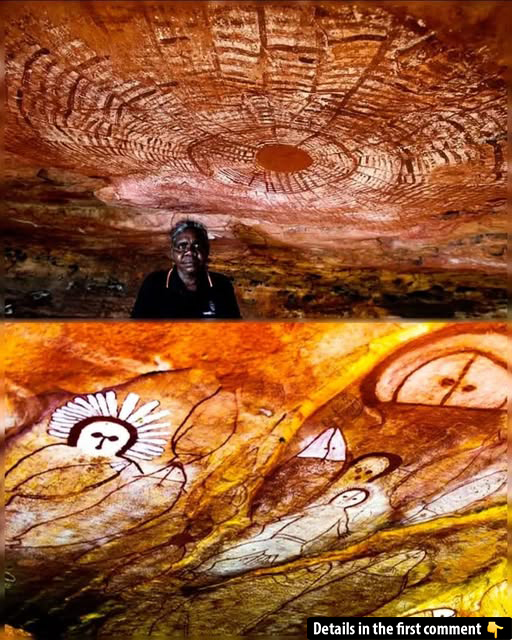Western Australia’s Kimberley region holds one of the world’s most remarkable and enduring cultural treasures. Deep within its rugged landscape lies an extraordinary collection of rock art, some dating back as far as 50,000 years. This rock art is not just a glimpse into the past; it serves as a visual narrative telling stories of the lives, beliefs, and creativity of the world’s oldest continuous cultures.
The Ancient Art of the Kimberley: An Unbroken Tradition

The Kimberley rock art represents an unbroken artistic tradition that stretches over millennia. It provides a deep insight into the history of the region, reflecting the culture, spirituality, and social lives of Indigenous Australians. For tens of thousands of years, generations have been creating artworks that are not just aesthetically pleasing but also carry profound spiritual significance.
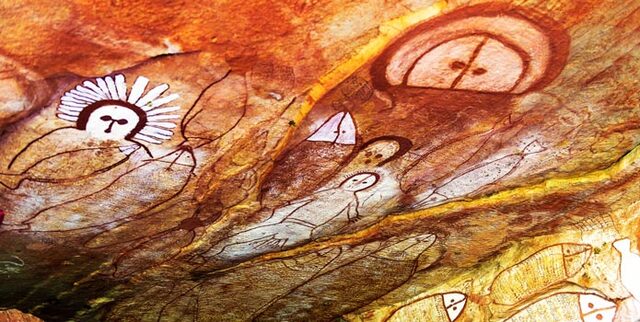
The Kimberley’s rock art spans a broad spectrum of styles, with images depicting not only the natural world but also the spiritual and ceremonial life of the region’s people. These artworks showcase the evolution of culture and society in the Kimberley, offering us a rich visual record that continues to resonate in the lives of local communities today.
Video
Tune into this video to uncover the mysteries behind the Kimberley rock art, revealing ancient stories etched in stone.
Distinctive Styles and Techniques in Kimberley Rock Art
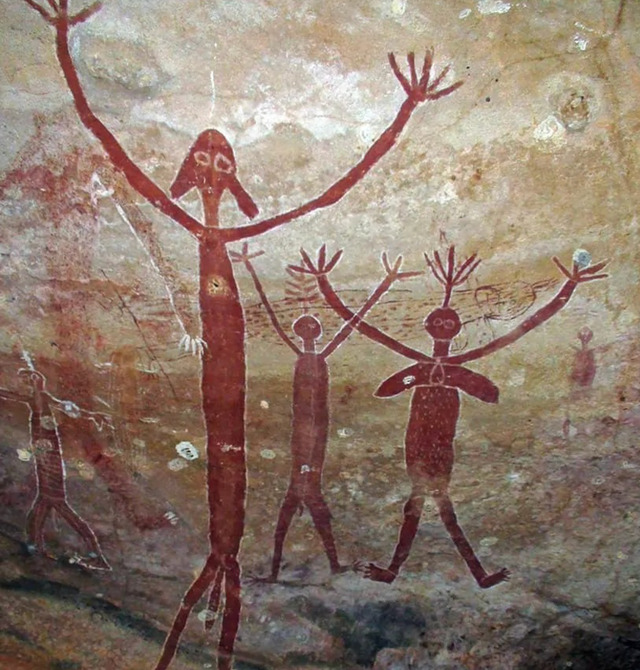
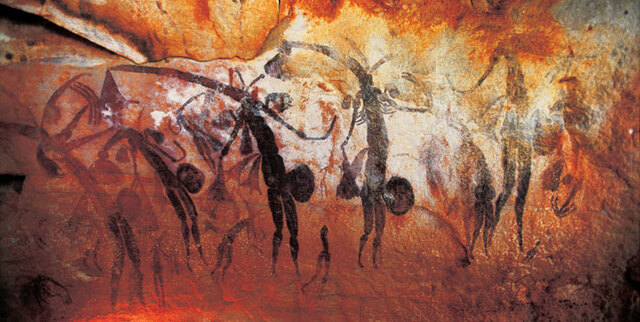
One of the most striking styles found in Kimberley rock art is the Gwion Gwion (previously known as Bradshaw paintings). These dynamic and elongated human figures, often adorned in ceremonial attire, are believed to date back around 20,000 years. The Gwion Gwion figures are characterized by their intricate details, including accessories like bags, tassels, and headdresses. These early depictions highlight the ceremonial significance of these artworks, showing a long-standing connection to ritual and spiritual practice in the Kimberley region.

Another key style is the Wandjina figures, believed to have been created thousands of years ago. The Wandjina represent sacred spirit beings with large eyes and radiant halos, symbolizing Dreamtime ancestors who are said to have shaped the world. These figures remain integral to the beliefs and practices of the Worrorra, Ngarinyin, and Wunumbal peoples, continuing to hold great spiritual importance today. The Wandjina are seen as powerful beings governing the forces of nature such as weather and fertility, and are central to many ceremonies in the Kimberley.

Additionally, Static Polychrome art portrays humans in static, less dynamic forms, adorned with elaborate costumes and accessories such as barbed spears and dilly bags. These images, often painted in multiple colors, reflect the cultural and ceremonial life of the people, showcasing their artistic mastery.
Preservation and Longevity of Kimberley Rock Art
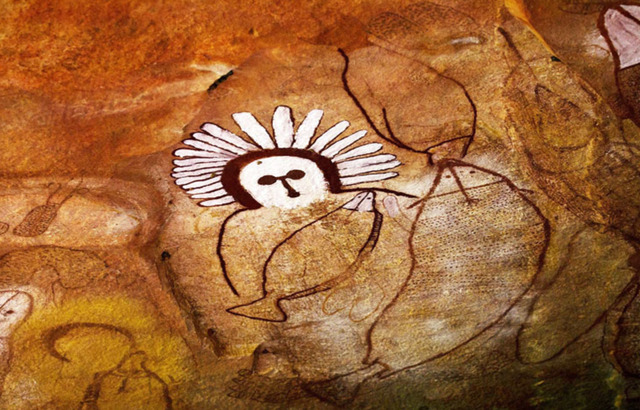
What makes Kimberley rock art particularly remarkable is its exceptional preservation. The use of natural ochre pigments, which bond strongly with sandstone, has helped these paintings endure for thousands of years. Many of the art sites are located in remote and inaccessible regions, further protecting them from human interference and environmental wear. As a result, these artworks have remained remarkably well-preserved, providing us with a direct window into the past.
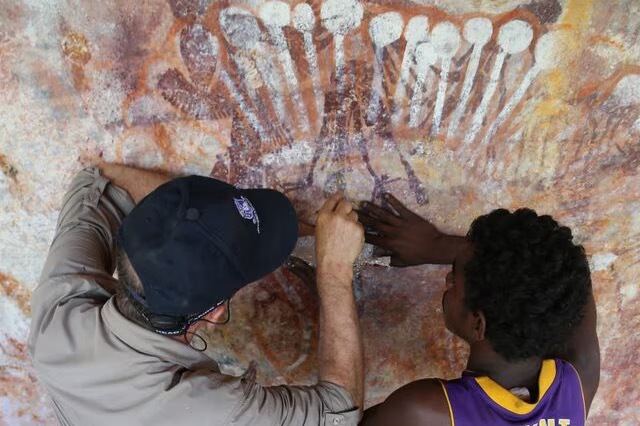
The durability of the art is not just a product of the materials used but also of the locations chosen. The rock shelters where much of the art is found offer natural protection from the elements, preserving the paintings for future generations. Indigenous rangers continue to work with archaeologists to monitor and safeguard these sacred sites, ensuring that future generations can access and learn from these masterpieces.
The Scientific Breakthrough: Understanding the Timeline of Kimberley Rock Art
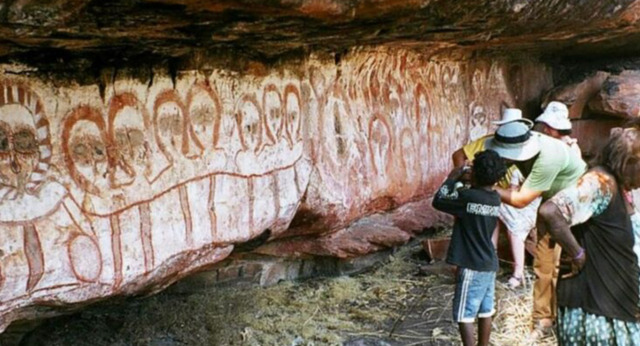
Recent advancements in dating methods have provided scientists with a clearer picture of the timeline of Kimberley rock art. The innovative use of radiocarbon dating of mud wasp nests found in the rock shelters has enabled researchers to date some of the paintings to as far back as 12,700 years ago, revealing that some artworks are older than previously thought.
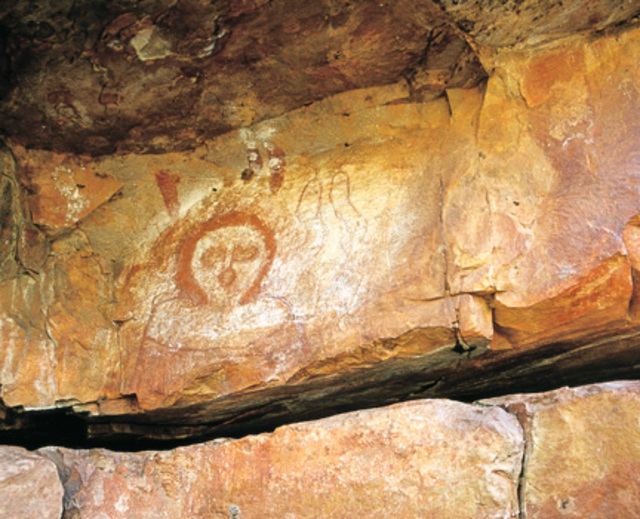
This breakthrough has allowed archaeologists to better understand the development of different artistic styles and the cultural changes that occurred in the region. By accurately dating the art, scientists have been able to trace how these styles evolved, offering insights into the social, environmental, and spiritual forces that shaped the people of the Kimberley over millennia.
The Spiritual and Cultural Significance of Kimberley Rock Art

Kimberley rock art is not only an archaeological treasure but also a living cultural heritage. For Indigenous communities, these artworks are deeply sacred, reflecting connections to the land, ancestors, and spiritual beliefs. Many of the rock art sites are considered sacred, with elders passing down the stories and significance of these places to younger generations.
The paintings are not just historical records; they continue to play a central role in the culture and spirituality of the Kimberley people. The artwork tells stories of the natural world, ceremonies, and the Dreamtime, reinforcing the ongoing relationship between the people and the land. This living culture, expressed through the rock art, speaks to the resilience and continuity of Indigenous Australian society.
The Ongoing Preservation of Kimberley Rock Art
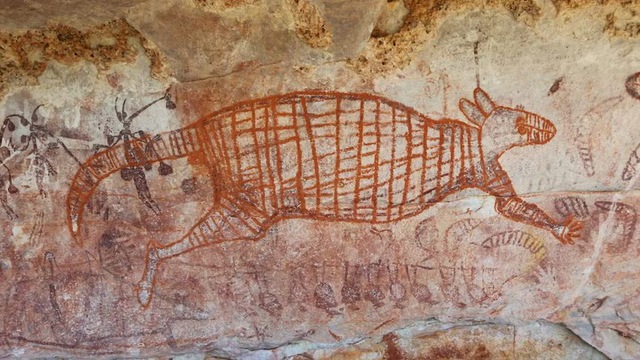
Preserving the Kimberley rock art is an ongoing effort, as the sites are threatened by natural factors like erosion, as well as human activity. Indigenous rangers play a key role in ensuring the protection of these sites, working in collaboration with archaeologists to monitor the condition of the art and prevent any damage. This partnership helps maintain the integrity of the sites while also allowing Indigenous communities to maintain their cultural connection to the land and its history.
In addition to preservation efforts, the study of Kimberley rock art continues to provide new insights into the past. Researchers are constantly discovering new sites and techniques, enriching our understanding of the region’s history and culture. By working alongside local communities, archaeologists and Indigenous groups are ensuring that the rock art is protected and respected, both for its cultural significance and its contribution to global heritage.
More photos of The rock art in Australia
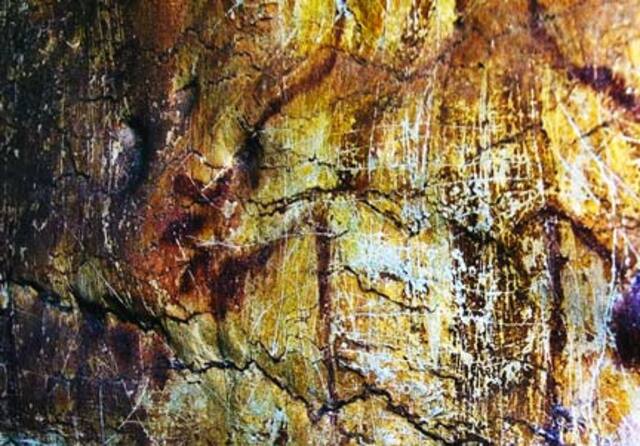

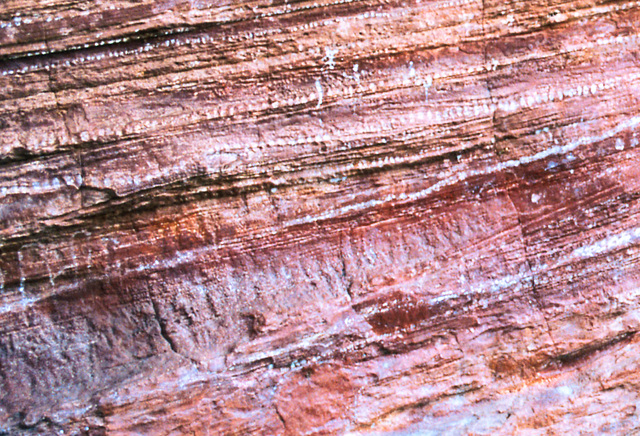
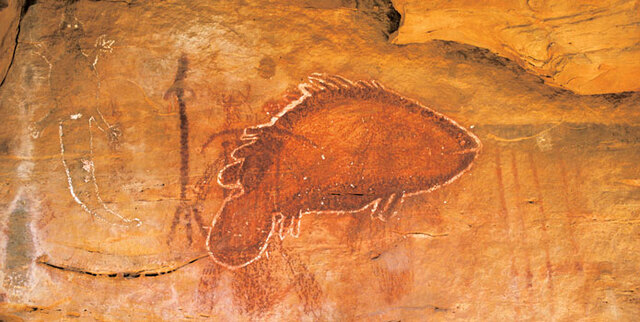
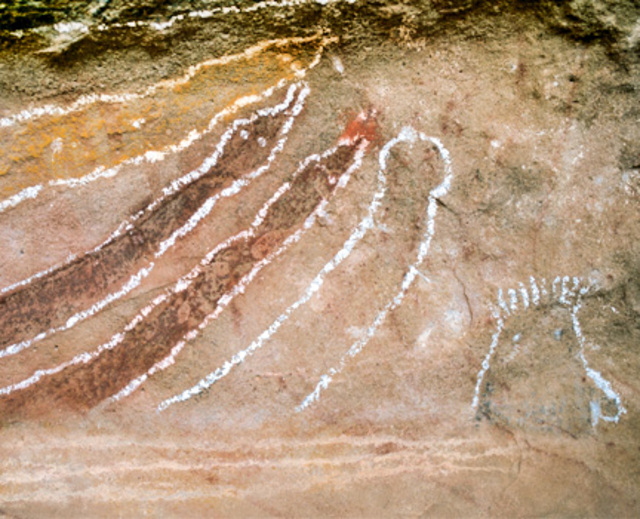

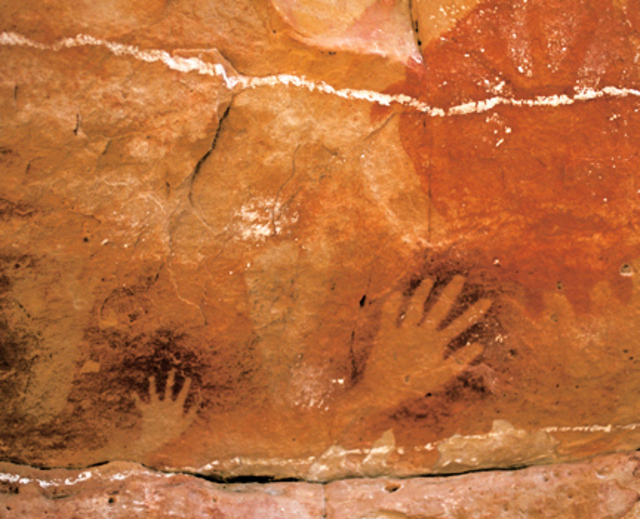
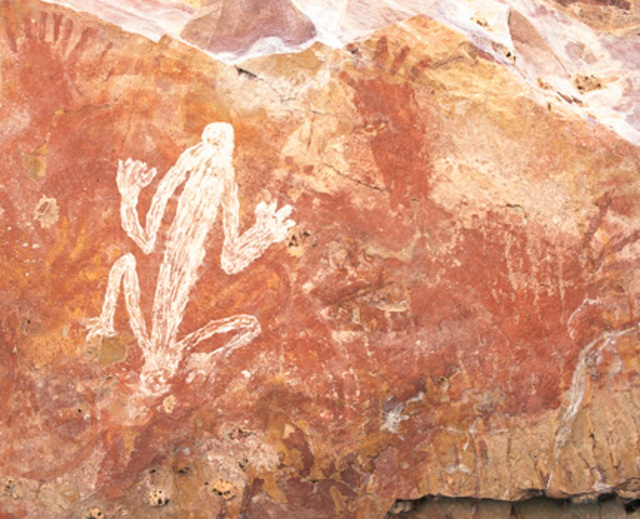
Video
Watch this video to explore Kimberley rock art, a world treasure that offers a glimpse into ancient history and culture.
Conclusion: The Enduring Legacy of Kimberley Rock Art
The rock art of the Kimberley region is a testament to the ingenuity, creativity, and enduring spirituality of Indigenous Australian cultures. With a history that stretches over 50,000 years, it offers us a glimpse into a world that has been shaped by the interplay of culture, environment, and belief.
The rock art of Kimberley is not just a relic of the past; it is a living, vibrant cultural legacy that continues to inform and inspire the people of the region today. As we continue to study and protect this extraordinary heritage, we are reminded of the deep connections between art, culture, and history—and the importance of preserving these timeless treasures for future generations.
